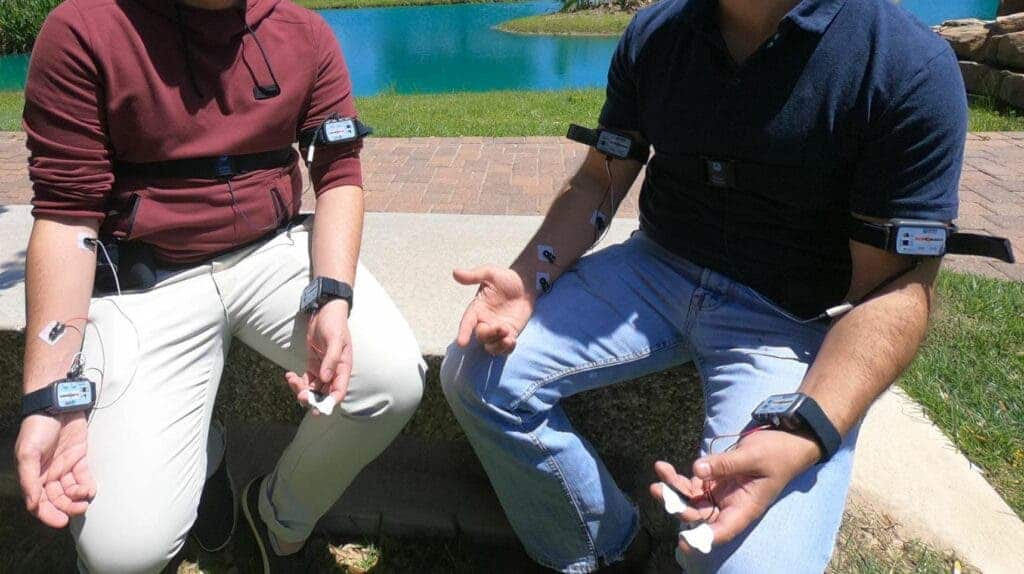Could we measure the activity of our brains through the skin? New research says ‘yes’.

Wearable technology has made some stunning advancements in these past few years, and now, researchers at the New York University Tandon add a new item to that list. A team led by Rose Faghih, Associate Professor of Biomedical Engineering, has developed a device that can measure mental activity using electric processes on the skin. These processes, known collectively as electrodermal activity (EDA), are influenced by brain activity, especially that related to emotional state.
By tracking changes in the EDA, the device can pick up on internal stresses caused by a variety of factors such as pain, exhaustion, or mental stress.
Heart on your sleeve
“Inferring autonomic nervous system activation from wearable devices in real-time opens new opportunities for monitoring and improving mental health and cognitive engagement,” Prof. Faghih explains.
The team christened their device Multimodal Intelligent Noninvasive brain state Decoder for Wearable AdapTive Closed-loop arcHitectures, or MINDWATCH. The final goal, the team explains, is to create a wearable device that can monitor a user’s mental state and offer suggestions on how best to return to a neutral or positive state of mind. For example, if it detected that the wearer is experiencing a particularly-severe period of work-related stress, it could play some relaxing music or offer some other type of help or intervention.
The crux of the research is a new inference engine that Faghih developed alongside PhD student and co-author Rafiul Amin. This device can interpret EDA currents in the skin and use them to determine brain activity in real-time with high accuracy and scalability, according to the researchers.
The team tested their device during a trial with 26 healthy individuals, and it proved itself able to decipher brain signals with high reliability. Unlike previous devices intended to fulfill the same role, which took minutes to take a single reading, the team’s design requires far less computational power — and as such can make readings in a few seconds. This also means that the device can be made to be smaller than those before it.
Apart from helping us better cope with stress, the team hopes that their device can also help people keep better tabs on their performance and mental health. They envision the device as useful to manage autism, post-traumatic stress disorders, excessive irritability, or suicidal tendencies, among others.
“One’s performance changes based on their cognitive engagement and arousal levels.” says Faghih. For example, very low or very high levels of arousal can result in poor performance. Hence, it is expected that. Ultimately, researchers can utilize the inferred autonomic nervous system activation and decoded arousal to develop interventions for improving productivity,” the team explains.
One application that the team is especially pursuing right now is its use in the early diagnosis of disorders like diabetic neuropathy. By monitoring EDA in a neuropathy-prone skin area of the body, the device could detect nerve damage associated with the condition and can help improve patient outcomes by allowing for early detection and treatment.
The researchers are now working on a practical way to make this device truly wearable, by, for example, eliminating the errors in measurements that factors like rapid movement or exercise can cause.
The paper, “Physiological Characterization of Electrodermal Activity Enables Scalable Near Real-Time Autonomic Nervous System Activation Inference” has been published in the journal PLOS Computational Biology.


